Rehabilitation + Biodiversity |
Following an urban analysis focused on integrity of air, soil,and water resources,Goose Island was chosen for its historical usage as an industrial hub, and current day adaption into tech and educational facilities. With incremental planning focused on an end date of 2030, Goose Island would undergo soil & water remediation while transforming into a park amenity for residents and tourists alike.Urban Planning - Urbs in Horto |
In the spirit of Daniel Burnham’s 1909 plan for Chicago, diagonal arteries throughout the city were seen as an exception to the urban grid, and utilized for pedestrian and ecological movement throughout the city. With an increase in development around its perimeter, Goose Island would then act as a spatial connection of existing vegetated space and public amenities along Lake Michigan.Environmental + Ecological Authority of Chicago |
Acting as the spatial hub for park systems throughout the city, Goose Island was chosen as a catalyst towards improving the environmental condition of Chicago. Eventually, Goose Island would be the home of the EEAC; a committee of municipal and independent groups working to improve the environmental integrity of Chicago.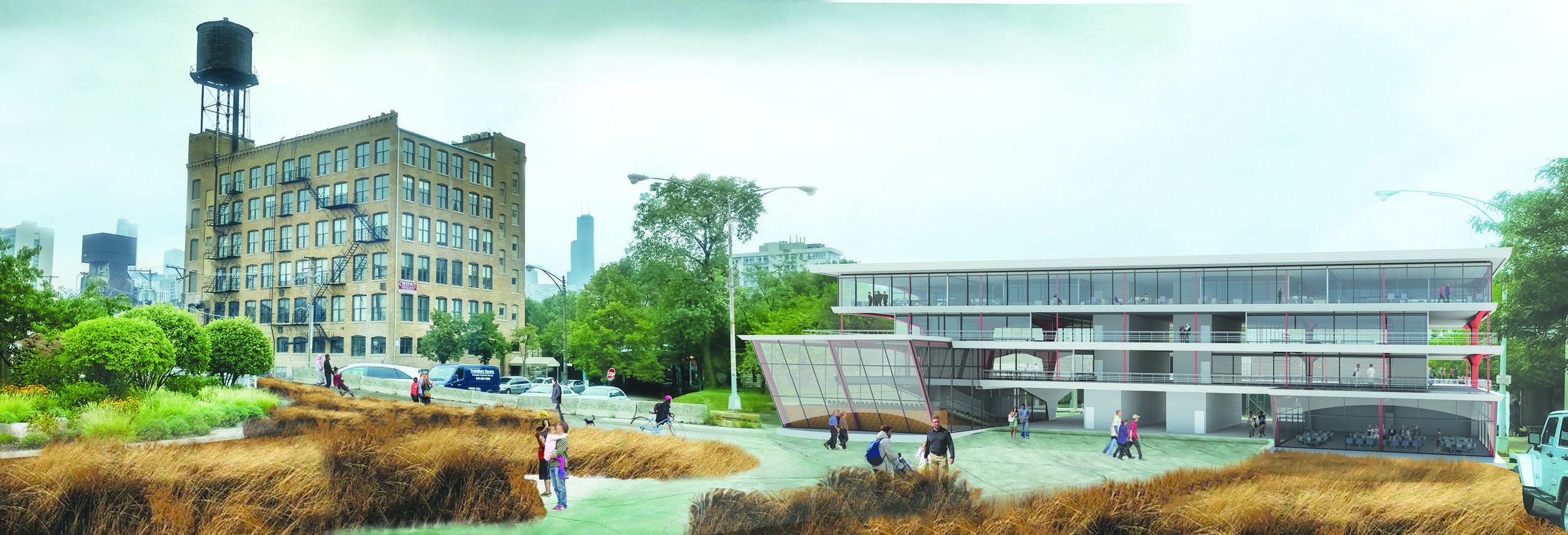
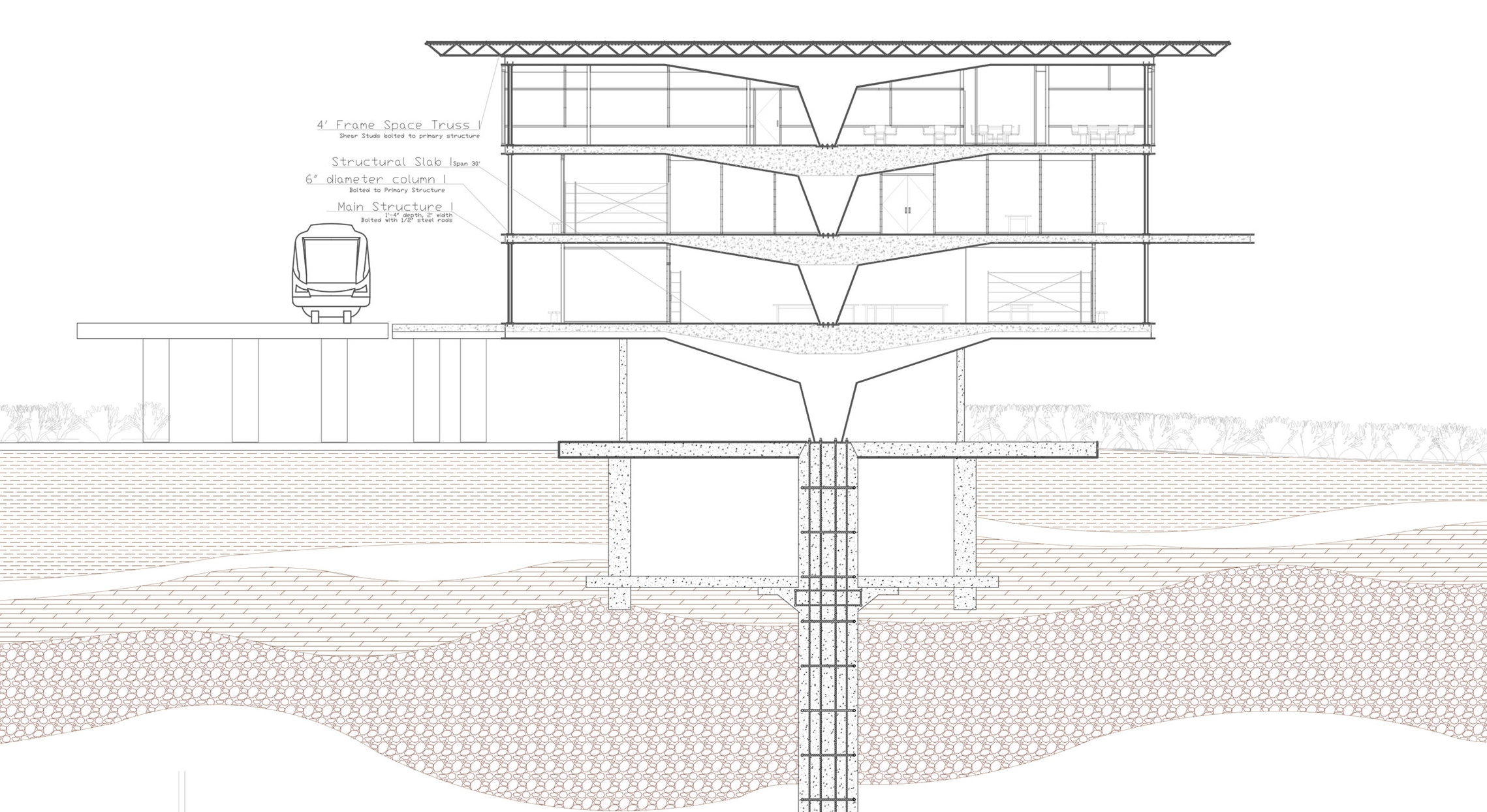
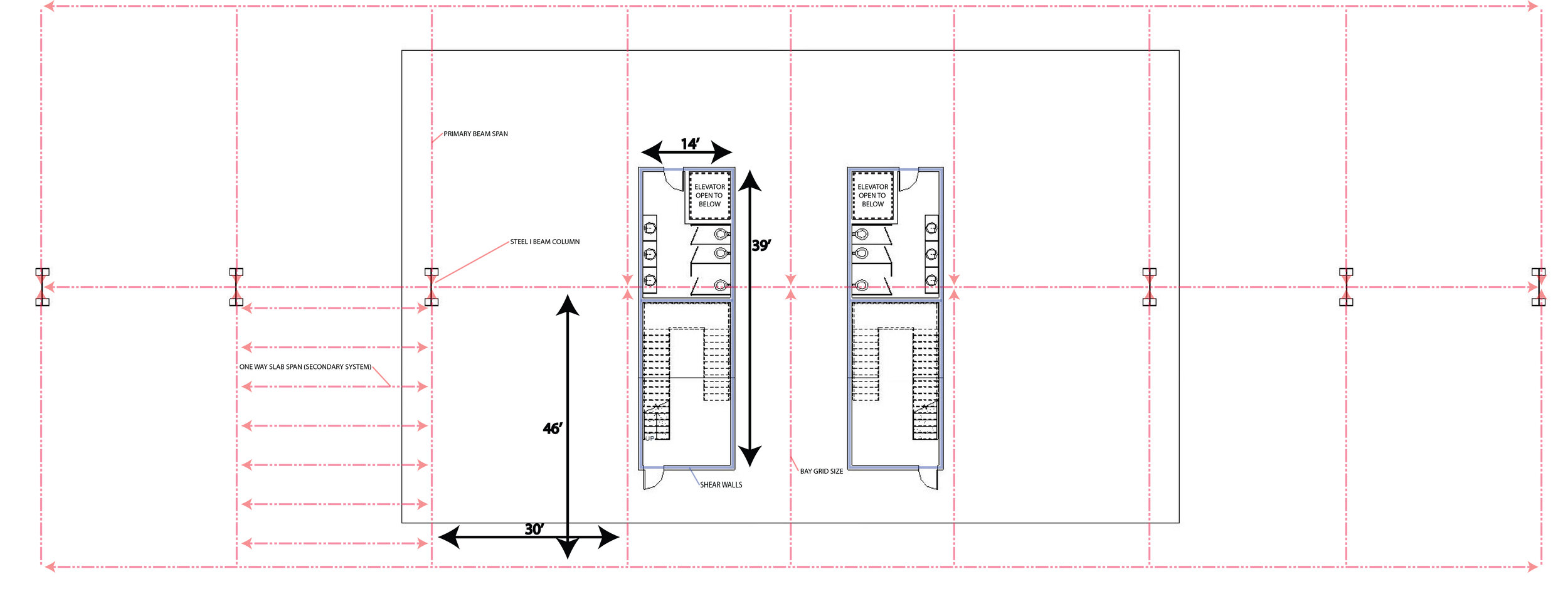
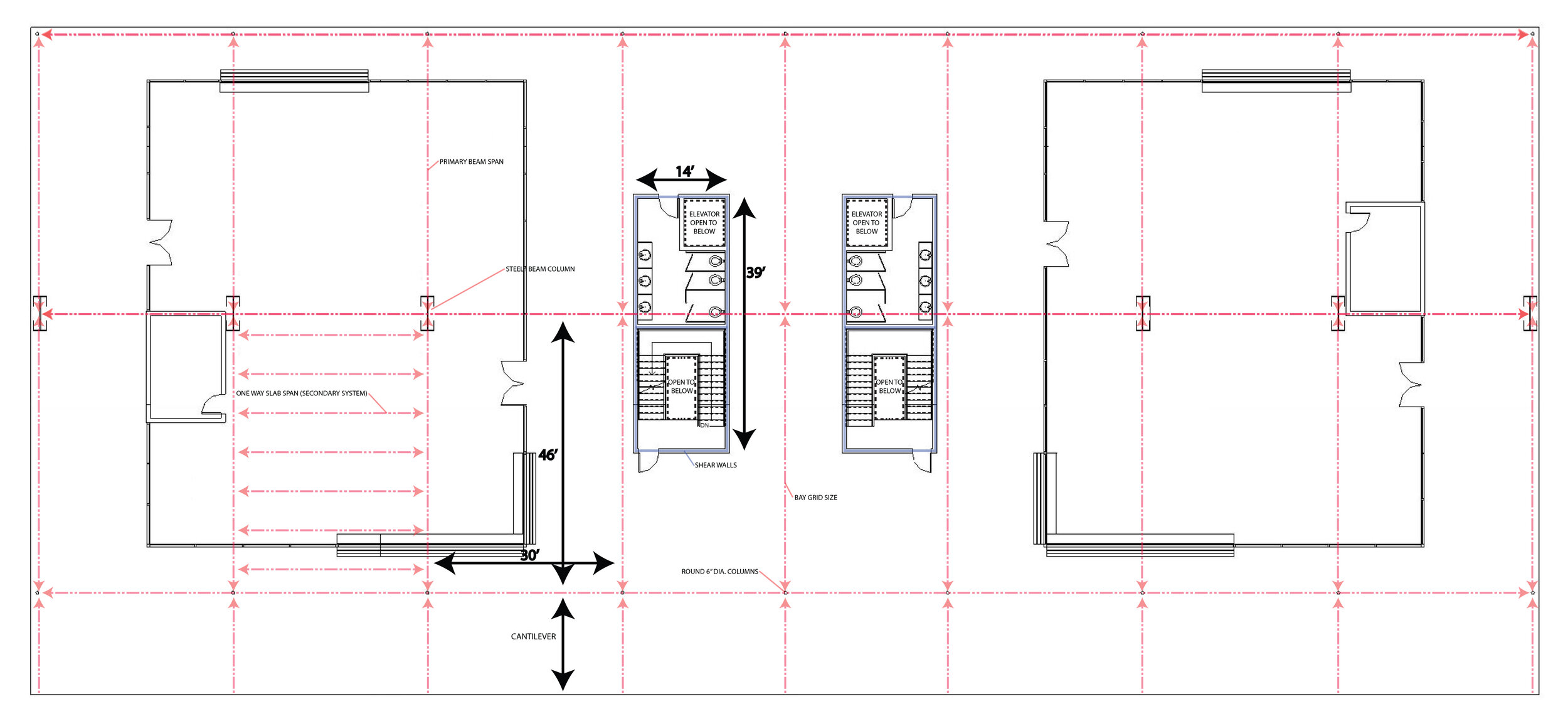
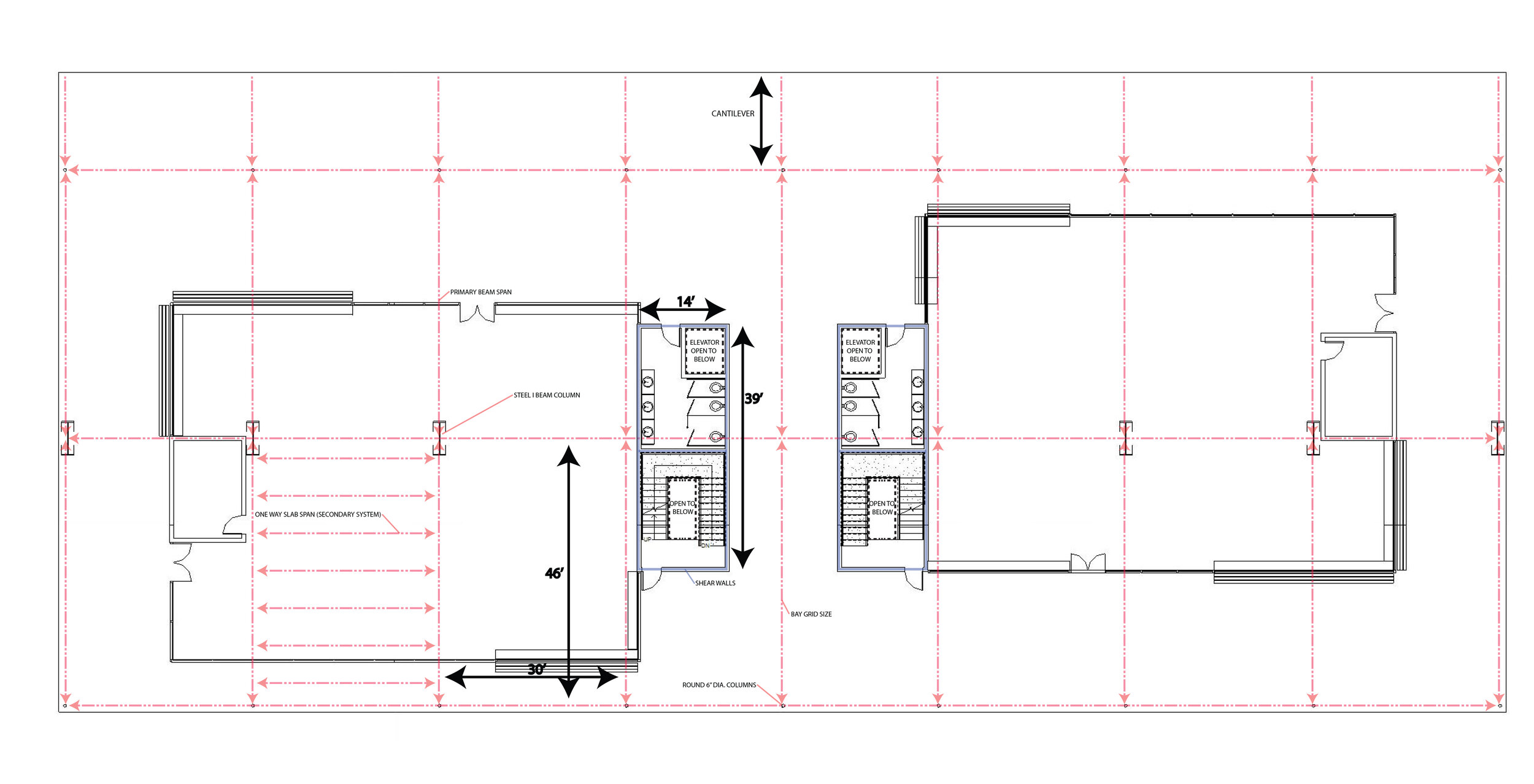
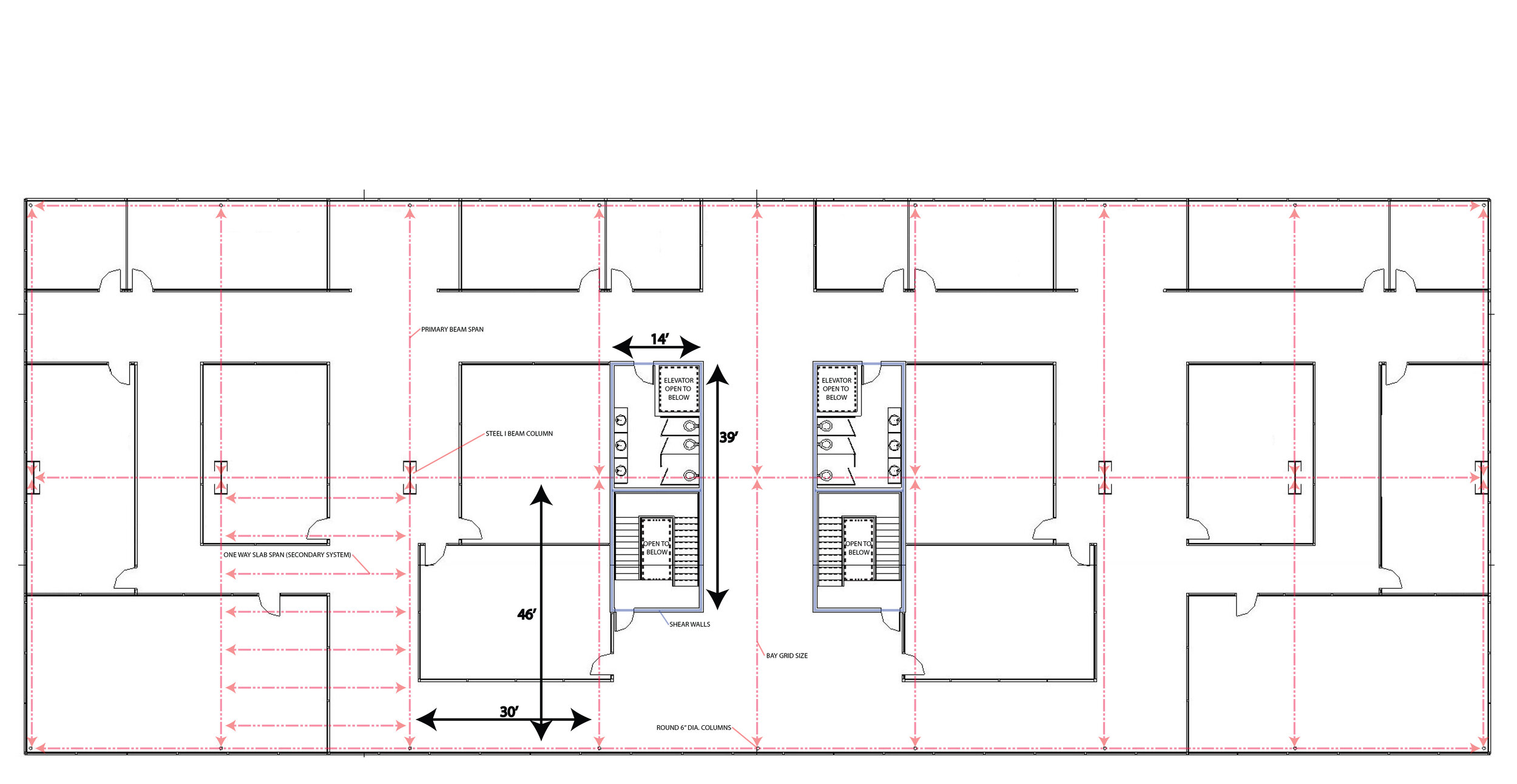
Professor: Tat Bonvehi-Rosich
Team: Charlotte Bannick, Mike Hamman, Elizabeth Morales, John Schrader
Individual Role: concept + document delivery, urban massing + digital modeling, group scheduling + coordination

